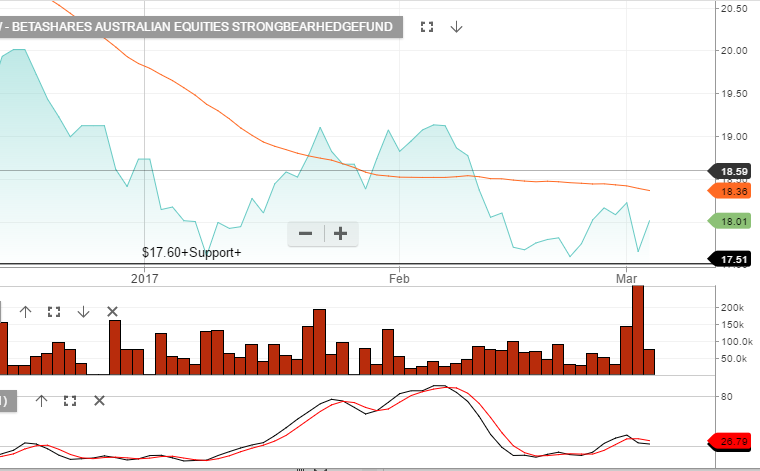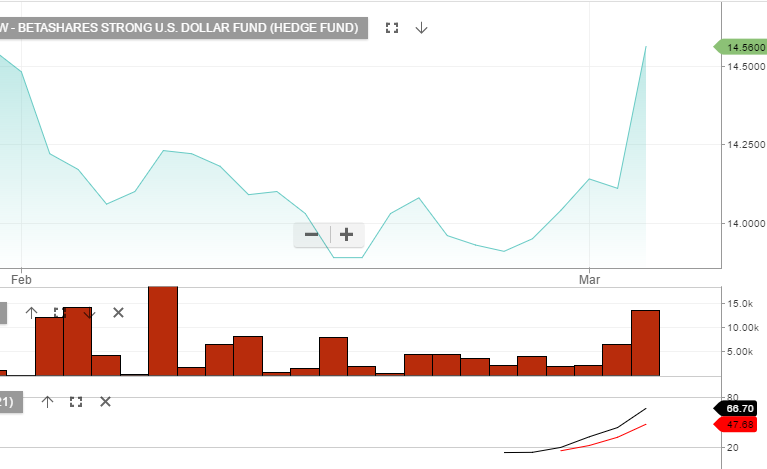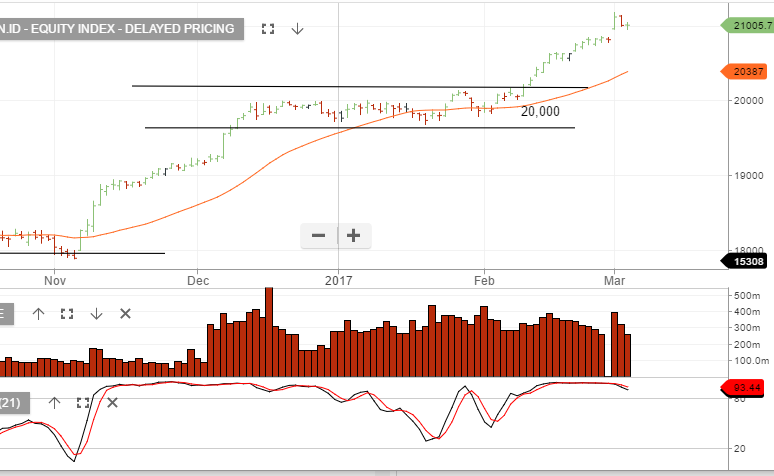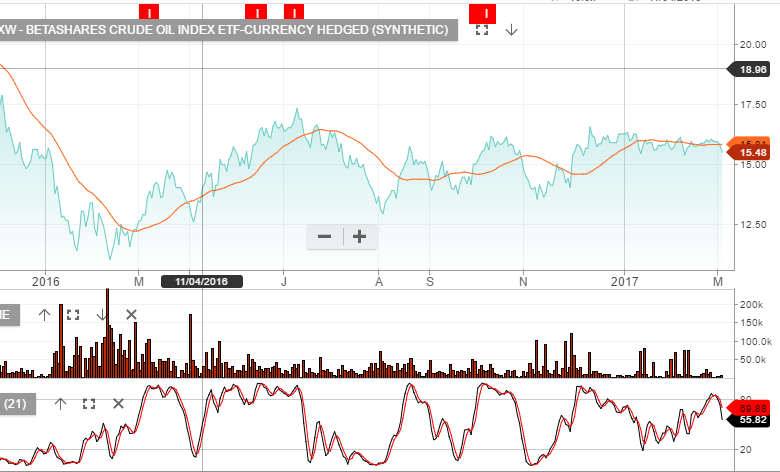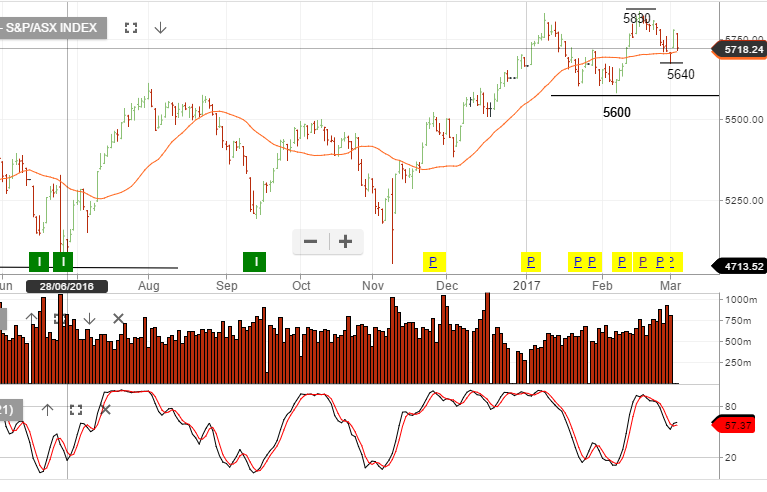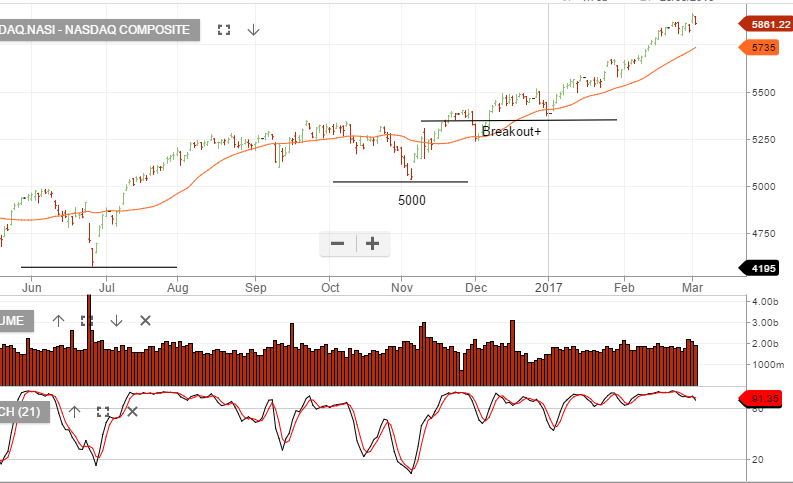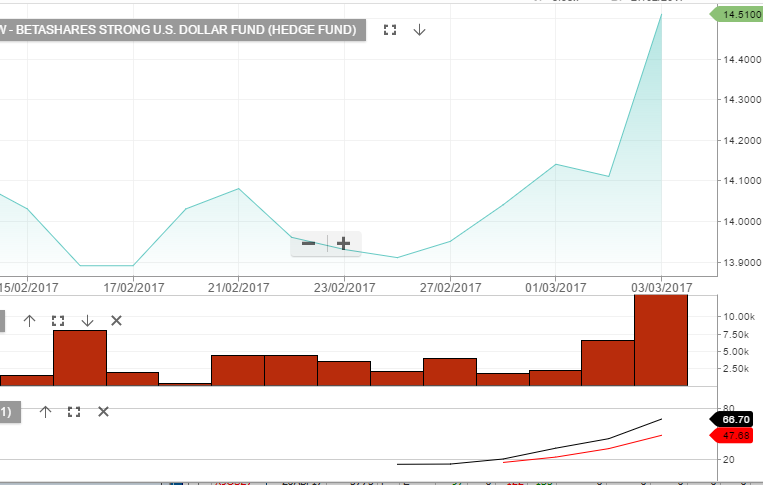China Lowers Their GDP Growth Target
While addressing the 3,000 members of the National People’s Congress (NPC) in Beijing, Premier Li Keqiang announced that China’s economic growth target has been cut to around 6.5% from last year’s estimate of 7%.
China’s GDP grew at the slowest rate in 26 years last year, and Mr Li pledged he would address the state sponsored “zombie enterprises” which produce more coal and steel than the market needed.
Similar pledges have proved hard to fulfill in the past.
However, it appears that NPC leaders are more committed to slower growth to deal with the painful reforms triggered by the rapid build-up in debt from both the official and shadow banking sectors.
Against the backdrop of last week’s disappointing Australian trade balance numbers, it will be worth watching to see if the RBA makes reference to this development during their monthly statement tomorrow.
A contracting Chinese economy would increase the likelihood of another RBA rate cut and a lower Australian Dollar.


